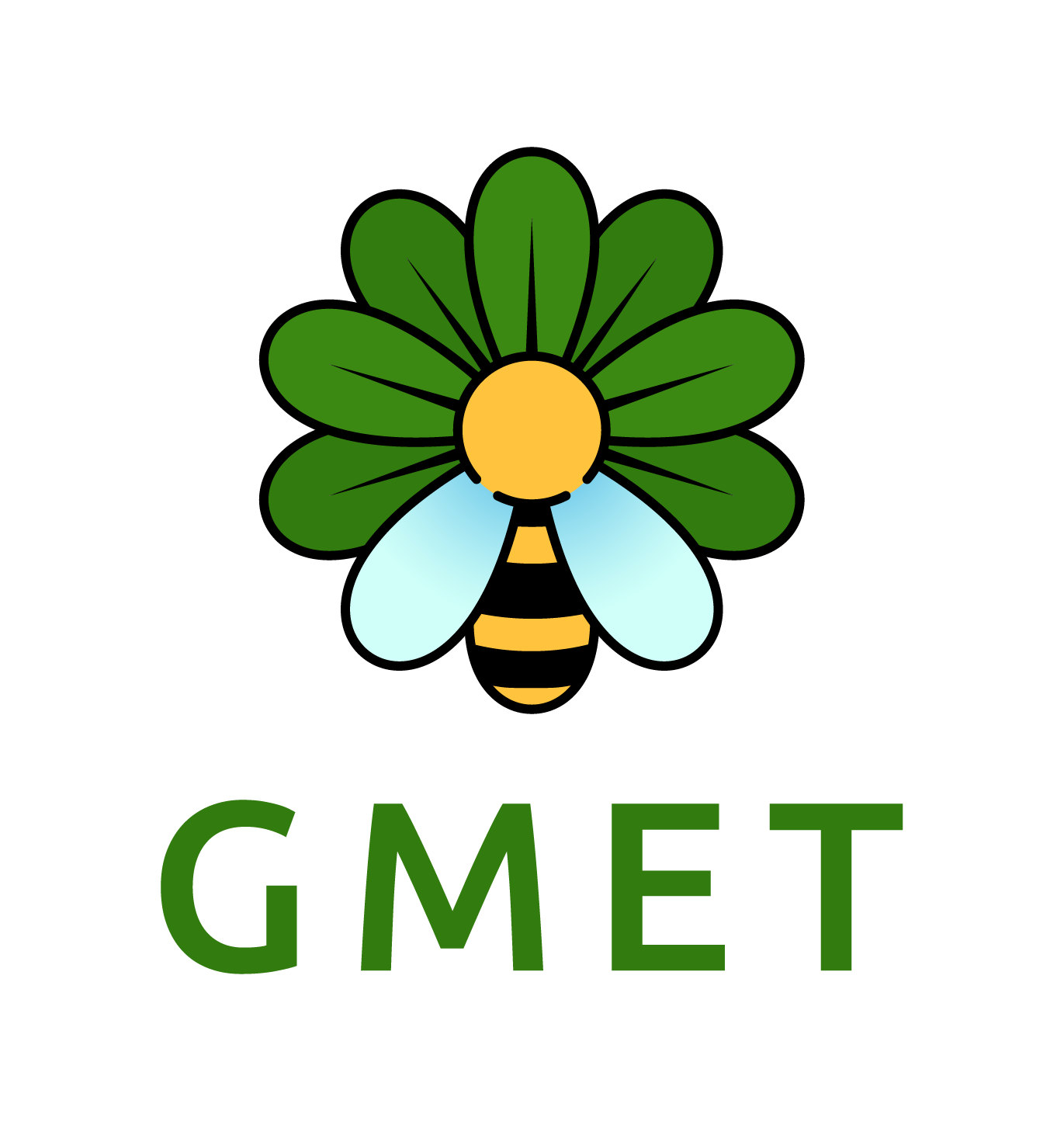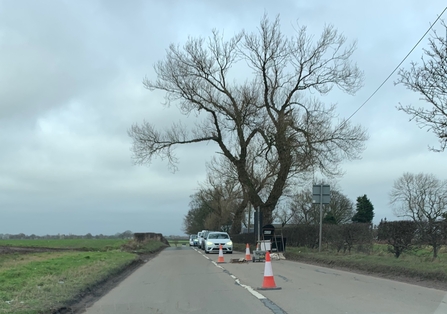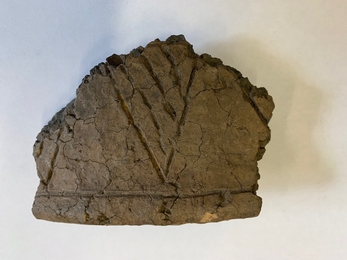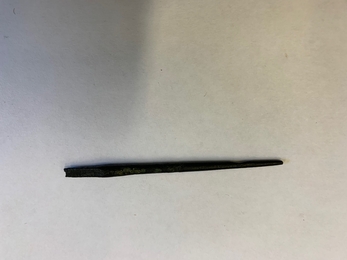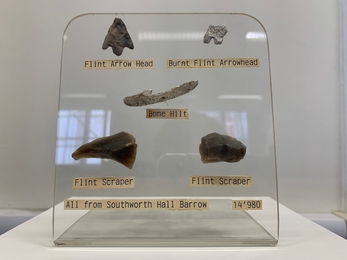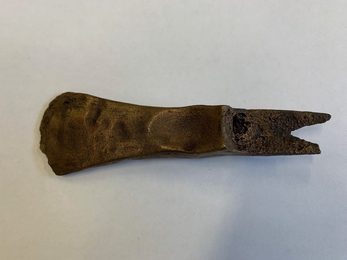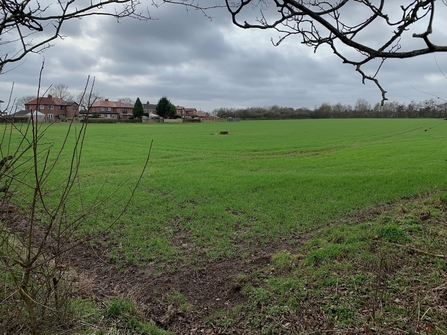Highfield Moss is a valley mire in the Greater Manchester Wetlands area. With its Sphagnum mosses, round-leaved sundews, and rare marsh gentians it is a wonderful place to visit. It was seen as special and as sacred to our prehistoric ancestors too, for they built a burial mound on a sandy ridge near its south-eastern edge, close to present-day Kenyon Hall Farm.
At this point in time the mossland, some of which has been reclaimed as farmland, would have been larger. This is suggested by the reference to ‘moss pits’ in a neighbouring field. The A579, Winwick Lane, now passes through the centre of the location of the mound.
